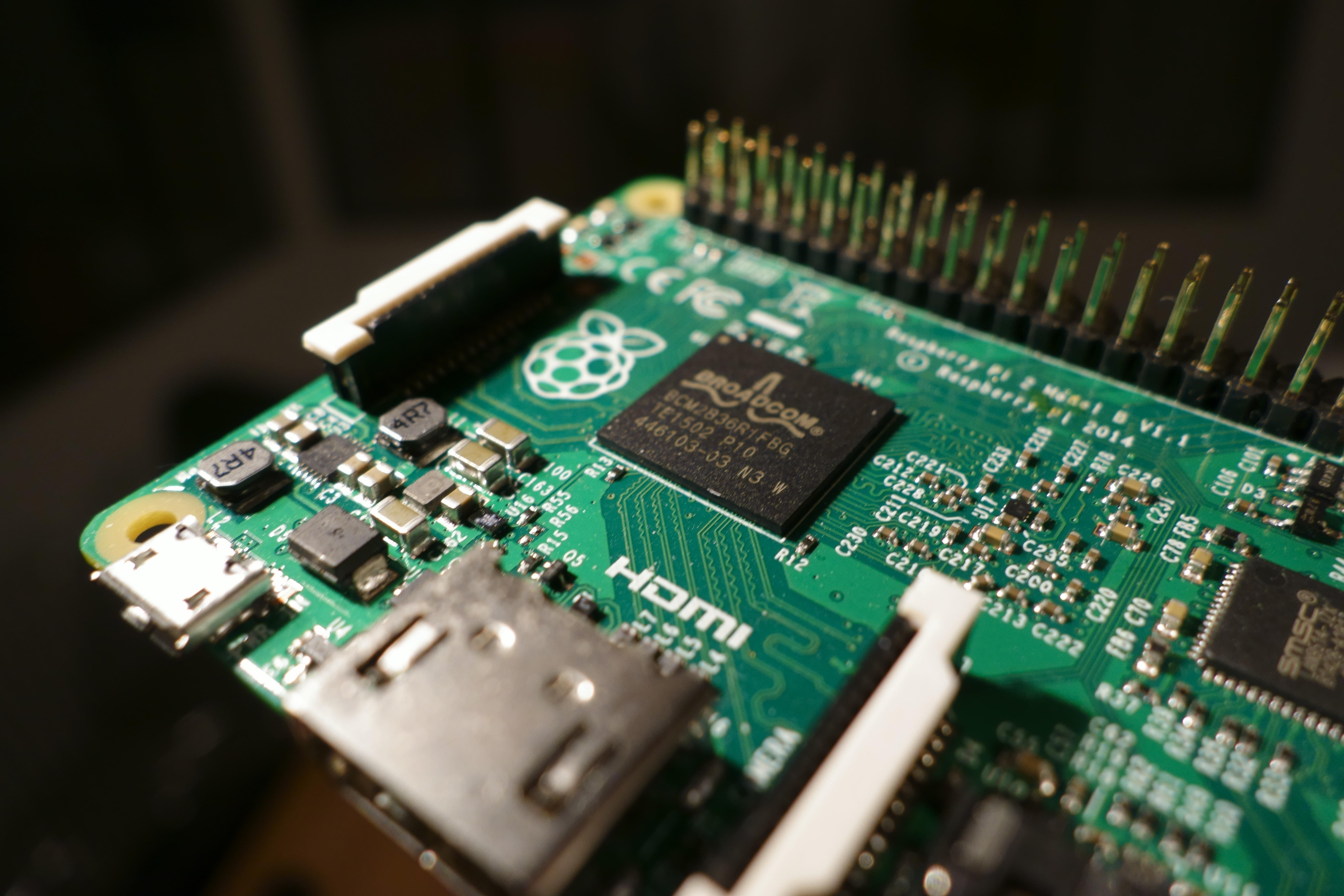


You can monitor the voltage of a bare Li-Po battery with the SwitchDoc Labs SunAirPlus Charge Controller or the Adafruit INA219 volt / current meter combined with their Solar Charger and Power Boost with a USB port. One way to protect the Pi from abruptly turning off is to monitor the raw voltage of a lithium-polymer battery and have the Pi autonomously turn itself off when the voltage drops to a specific threshold. Therefore, our Voltaic USB batteries may not be the best solution for autonomous Raspberry Pi projects since they provide a constant power supply until the capacity is drained, then turn off without warning. The operating system must be safely shut down before power is removed from the Pi or the SD card (or the Pi board itself) may be permanently damaged. One of the main hazards associated with running a Raspberry Pi from a battery is the potential to damage the Pi if it is abruptly turned off. Protecting your Raspberry Pi – Autonomous Shutdown A battery pack – our V44 with Always On mode (doesn’t shut off in low power situations) is the most popular choice.A waterproof solar panel – most of our customers can safely use a 6 to 9 Watt panel.

A power management system – Witty Pi, Sleepy Pi, Solar Pi Platter or the system described below.Items needed to run a Pi continuously from a small solar panel If you want a one-on-one conversation with someone from Voltaic about running small systems offgrid, you can schedule a consultation here: Our desired goal is to power the Raspberry Pi with only a small solar panel (which you’ll see is not easy considering how power-hungry these boards are), so we’ll provide you with the know-how and tools necessary to reduce the power consumption. This post will walk you though how to protect your Raspberry Pi while powering it from a solar-powered system, and provide some tips for reducing the power consumption. 16 Comments Tutorial: Solar Power for Raspberry Pi


 0 kommentar(er)
0 kommentar(er)
